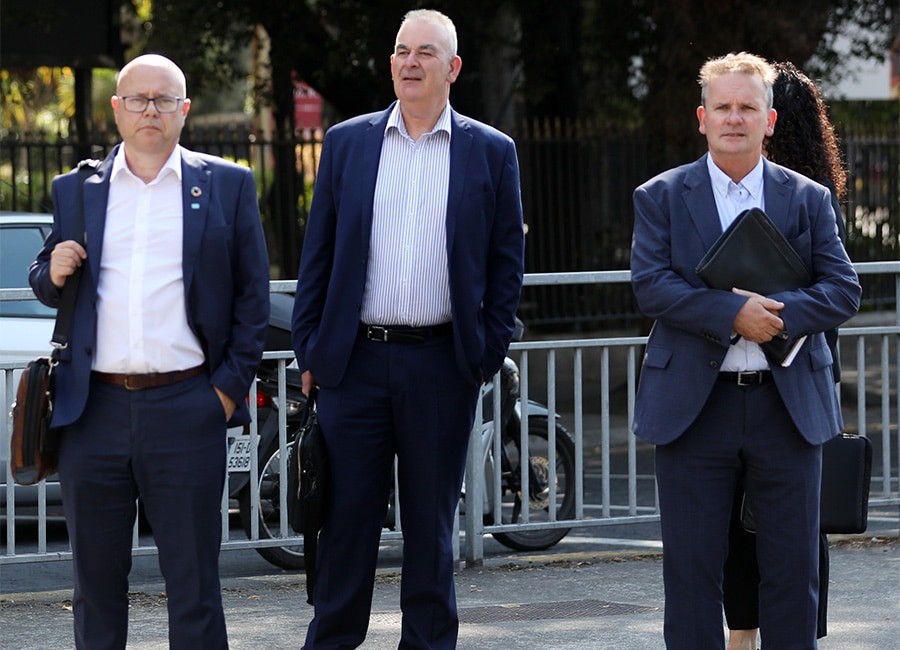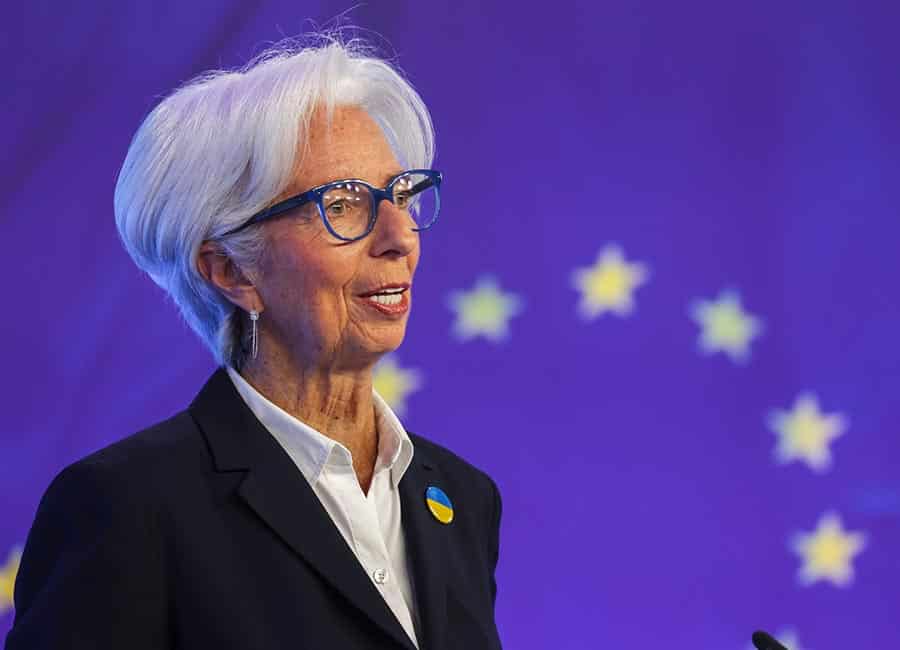People in the IT and education sectors are the best paid workers in Ireland on average, with average hourly rates in excess of €40, according to the Central Statistics Office (CSO).
Workers in the Information & communication (€49.51) and the education (€43.24) are the two sectors with the highest hourly pay, reflecting the high wages paid in the multinational tech sector and the reduced hours of teachers.
Hourly labour costs in the two industries compared to an average of €30.30 across all sectors in the third quarter of 2022, down from €30.94 in Q2 and up 8.8% from €27.86 a year earlier.
The sectors with the lowest cost of employing labour were accommodation & food services activities, with average hourly total labour costs of €16.90, and arts, entertainment, recreation & other service activities (€22.58).
Average hourly total labour costs increased by 18.1% over the five years to Q3 2022, from €25.65 per hour to €30.30.
The percentage changes across the sectors ranged from a low 7.5% in transportation & storage to a high 33.2% in information & communication.

Commenting on the latest earnings figures, CSO earnings analysis statistician Louise Egan said that average hourly earnings rose 3.5% to €26.17 and 'other labour costs' rose from €2.57 to €4.13 year-on-year following the winding down of the Employment Wage Subsidy Scheme (EWSS).
"Refunded payments to enterprises, including EWSS, were recorded as subsidies and refunds received, being amounts received by enterprises intended to refund part or all of the cost of wages and salaries and were deducted from other labour costs," Egan said.
Preliminary estimates for Q3 show the accommodation & food service activities sectors had positive value for average hourly other labour costs for the first time since the first quarter of 2020.
"During the Covid-19 pandemic average hourly other labour costs dropped to a low of -€8.27. Average hourly other labour costs now stand at €1.63 for the sector, an increase of 13.2% from Q3 2019," Egan added.
The job vacancy rate in Q3 2022, which measures job vacancies on the last working day of the quarter, was 1.5%, down from 1.6% at the end of Q2 2022 and up from 0.9% at the end of Q3 2019."
(Pic: Getty Images)











